Amazon vs Google: Which One is Better for Retailers?
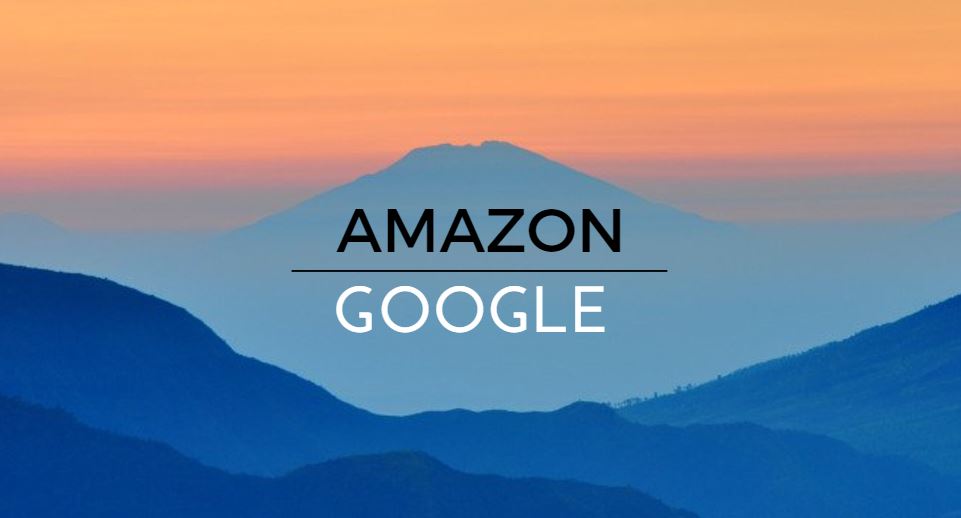
Amazon and Google have quickly become the two largest channels in the discussion of online retail. But if you think you can implement Google-type selling strategies with your Amazon product listings – you could not be further from the truth.
The two ecommerce giants operate very differently. To start, Amazon does not use external forces to rank their products while Google leverages signals from websites, social indicators, and other search related elements to produce your search results.
Although Google became a household name years ago as the world leading internet search provider, Amazon has quickly established itself as the go-to Marketplace for shoppers, specifically in North America.

User intent also varies across both platforms. Some experts believe the shopper’s purchase intent is much higher on Amazon vs. Google, meaning users who turn to Amazon first are likely to make quicker and more frequent purchases.
What we do know is right now Amazon’s advertising revenue pales in comparison to Google’s share but – in combination with Amazon’s “other” revenue sources, (ex: AWS, their cloud computing services) – the Marketplace has quickly expanded far beyond a “website to make book purchases”.
Just last year, the Wall Street Journal referred to Amazon as the “Sleeping giant that could someday challenge Facebook and Google”.
According to Forbes:
“Amazon’s advertising revenues are not very significant currently, but the company is now looking to sell more advertising space on its website and reportedly has ambitious online advertising plans. According to eMarketer, Amazon’s share in the U.S. digital advertising market was around 1.6% in 2016. While this market is currently dominated by Facebook and Google, Amazon has a strong edge in this space given its relationship with brands and a huge data base of the shopping preferences of its customers.”
The following article is a deep dive into Amazon & Google’s history, landscape and predicted growth to give business owners and investors a better understanding of the differences between the two ecommerce giants.
1995 – Amazon goes live.
1997 – Amazon described themselves as “Earth’s Biggest Bookstore,” the same year they went public. In their very first Annual Investor Report, Amazon boasted $164 million in sales from 1.5 million customers in 150 countries.
2007 – Froogle is renamed “Google Product Search”. This is the early version of Google Shopping featuring Product Listing Ads (PLAs), and it’s still free.
2012 – Google Product Search becomes Google Shopping. Advertisers must now pay to play on the Google Shopping network.
Amazon is available in 11 global marketplaces across North America, Europe, and Asia.
Amazon customers span 180+ countries, and about 33% of Amazon’s sales were reported to be from outside North America in 2016.
North American Amazon Marketplaces
 European Amazon Marketplaces
European Amazon Marketplaces
Asian Amazon Marketplaces
All Google Shopping ads appear in the following countries:
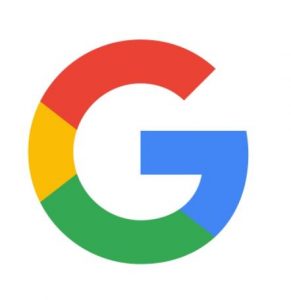
(Amazon Marketplace):
(Google Shopping):
Amazon has 300 million users, and 30 million of those users are on the app on a monthly basis.
The two best phrases to describe Amazon consumers: Price loyal and value-focused.
Why price loyal and not just loyal?
Well, there are a couple ways to define loyalty–and Amazon customers certainly aren’t the blindly loyal type.
While 55% of shoppers start their product search on Amazon, we found that many users still price check Amazon against other retailers and brands before making a final decision.
However, if we were to define loyalty by membership we’d consider Amazon users very loyal.
Recent numbers indicate about 44% of U.S. households have Amazon Prime.
Why would Amazon users spend money to spend more money? Because they are value-focused–not just frugal–thus are willing to invest in a Prime membership in order to get fast shipping and cheaper prices on products.
Download our Amazon Consumer Survey for 2017 to learn more about how Amazon users operate and make purchase decisions.
Mobile is huge for Google, and has been driving much of its growth.
Data indicates that over half of Google’s searches now come from mobile.
According to our own research based on client data, from 2014 – 2016 (Q1 2014 – Q1 2016), clicks for Google PLAs on mobile devices with full browsers increased by 389.7%.
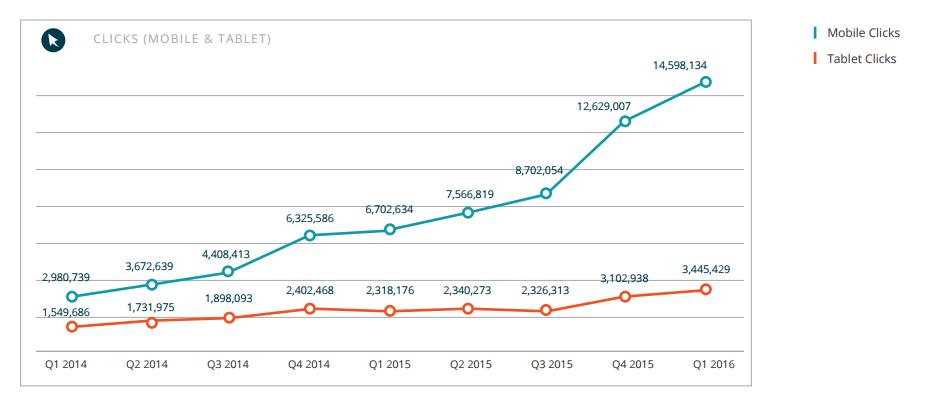
We know Google users love mobile. But what do they look like, and how do they shop? Although we don’t have data on who uses Google Shopping specifically, we can look at search numbers to get a rough idea.
Here are some of Google’s user stats:
Note: Google’s data around users (demographic information, etc.) is much more difficult to find that Bing’s, but as new data rolls out, we will update this post.
Source: Think With Google
Amazon Product Reviews have a significant impact on a product’s ranking, traffic, and sales performance on Amazon. The more product reviews, the more likely a product will improve it’s discoverability and buyability – two vital components to success on the Marketplace.
 In 2016, Amazon announced they will no longer permit free or discounted products in exchange for reviews. According to the announcement, the Marketplace now prohibits incentivized reviews – unless they are facilitated through the Amazon Vine program.
In 2016, Amazon announced they will no longer permit free or discounted products in exchange for reviews. According to the announcement, the Marketplace now prohibits incentivized reviews – unless they are facilitated through the Amazon Vine program.
In March 2017, Google announced it will be phasing out Google Trusted Stores and replacing it with the Google Customer Reviews program managed through the Google Merchant Center.
Amazon Prime: In 2005, Amazon announced the creation of Amazon Prime, a membership offering free two-day shipping within the contiguous United States on all eligible purchases for a flat annual fee of $79 (equivalent to $97 in 2016), as well as discounted one-day shipping rates.
Amazon launched the program in Germany, Japan, and the United Kingdom in 2007; in France (as “Amazon Premium”) in 2008, in Italy in 2011, in Canada in 2013, in India in July 2016 and in Mexico in March 2017. In March 2014, Amazon announced an increase in the annual membership fee for Amazon Prime, from $79 to $99.
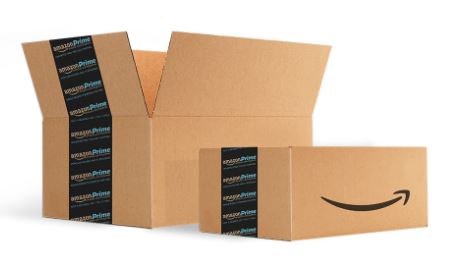
For $99 annually, members receive all the benefits of Amazon Prime including:
In May 2017, Amazon also lowered its free-shipping minimum to $25 from $35 (for customers who aren’t members of its Prime membership program).
Google Express: In 2013, Google launched Google Express (formerly Google Shopping Express), on a free trial basis in San Francisco and Silicon Valley. In spring 2014, it was expanded to New York City and Los Angeles, and in fall 2014 to Chicago, Boston, and Washington, DC. Originally it was a same-day service; it now offers same-day and overnight delivery.
Unlike Amazon Prime which ships items from Amazon, Google Express leverages products from 40 participating retailers including Target and Costco.

For $95 annually (or $10/month) members receive all the benefits of Google Express including:
As far as user adoption goes, Amazon blows Google out of the water.
The Amazon Echo and Echo Dot have infiltrated 8.2 million US homes.
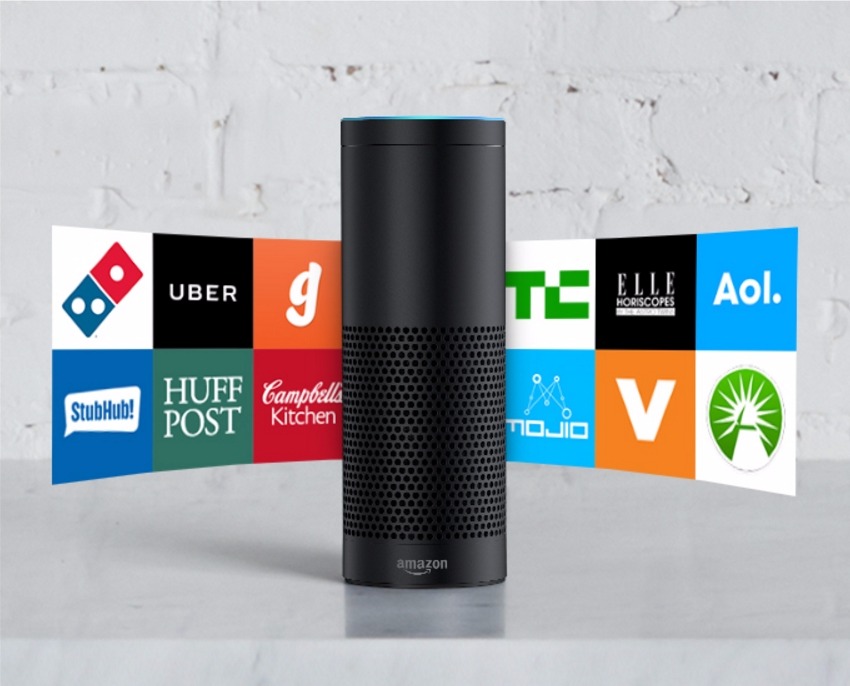
In fact, the Echo and Echo Dot were the best-selling items on Amazon from Thanksgiving through Cyber Monday last year–sales were up 9x since 2015.
And unlike Google’s device, Echo owners don’t just use their device to look up music or information. Data shows that Echo owners actually increase their Amazon spending by about 10% after buying the device.
They’re Prime members, which means they already spend more than the average Amazon shopper, and they can order everything but the following:
Since launch, Google Home has sold between 400,000 and 500,000 Google Home devices.
Users had the capability to do things like play music, get calendar events, or adjust smart thermostats.
Unlike Amazon’s Echo, shopping wasn’t an option.
However, Google just announced they now allow voice shopping.
And it’s free–meaning no membership or service fees–through April 30, 2017.
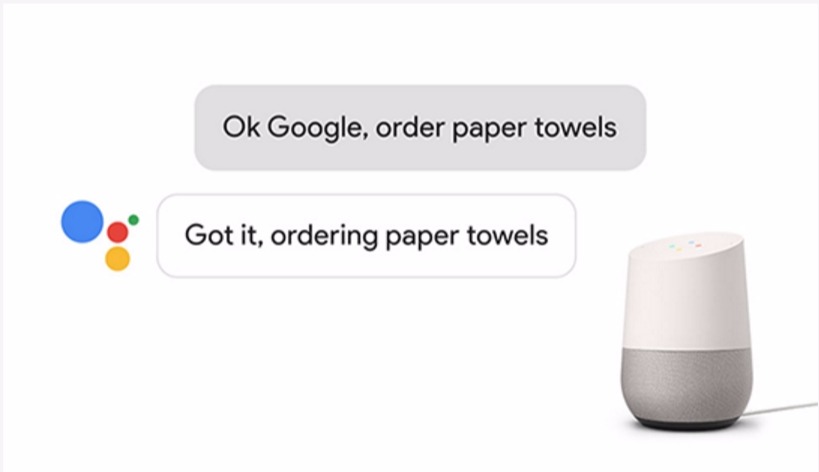
Users simply add their payment info to the Google home app and set a default credit card and delivery address. From there, they can shop at Google Express retail partners such as Nine West, Orchard Supply Hardware, and Costco.
In case you’re wondering about specs, here’s a breakdown from Cnet’s review of both devices:


According to recent reports, Amazon’s stock has climbed so much in the past 12 months, it’s made its founder and CEO Jeff Bezos the second wealthiest person in the world, recently surpassing Warren Buffett.
“If Amazon.com were simply the largest U.S. online retailer (by a wide margin), it would be a worthy investment based on its volume of sales and its ability to find new ways to get customers to spend more (see: Amazon Prime). But there are many more ways for this behemoth to win. From cloud computing to drones to artificial intelligence, Amazon is placing sizable bets in many cutting-edge industries, any of which could add substantially to the bottom line over time.” – MotleyFool.com
Prediction:
Morgan Stanley analyst Brian Nowack predicts that Amazon’s ad business could grow to $5 billion by next year and $7 billion by 2020. The firm estimates Amazon’s advertising business will grow by an average annual rate of 37% between 2016 and 2018.
Nowack also notes, “We believe a majority of these ad dollars will come from large brands (Tide, Pampers, Energizer, etc) rather than individual third party sellers given brands’ superior unit economics and ability to drive repeat purchases.”
Shares for Google’s parent company, Alphabet (NASDAQ:GOOG) (NASDAQ:GOOGL), are up about 11%, (not much in comparison) with Amazon’s 51% increase. Even with the name change, Google still takes up the majority of Alphabet’s business.
 Prediction:
Prediction:
According to eMarketer, Google is expected to expand its share of the search advertising market by 16.1% to claim roughly 78% of the U.S. search market in 2017.
Nowak doesn’t consider Amazon’s ad business growth a major threat to Google’s search business, since he believes “keyword search is growing more than product searches“.
According to Morgan Stanley, even if Amazon’s ad business grows to $7 billion in revenue by 2020, Amazon would make up only 4% of the entire online advertising industry in the US (as seen in the graph below):

But not everyone agrees with this prediction.
Sir Martin Sorrell, CEO of WPP (one of the world’s largest advertising groups) believes Amazon is a huge threat to Google when it comes to search.
According to a recent article, “If you’re a sneaker brand, the most valuable place to advertise is when someone is actively searching to buy a pair of sneakers. On Google the person might just be researching, but with Amazon the consumer is most likely in the market to make a purchase right away.”
Enjoyed this post? Check out our other comparison articles:
Selling on Amazon vs eBay
Google Shopping vs. Bing Shopping Ads
